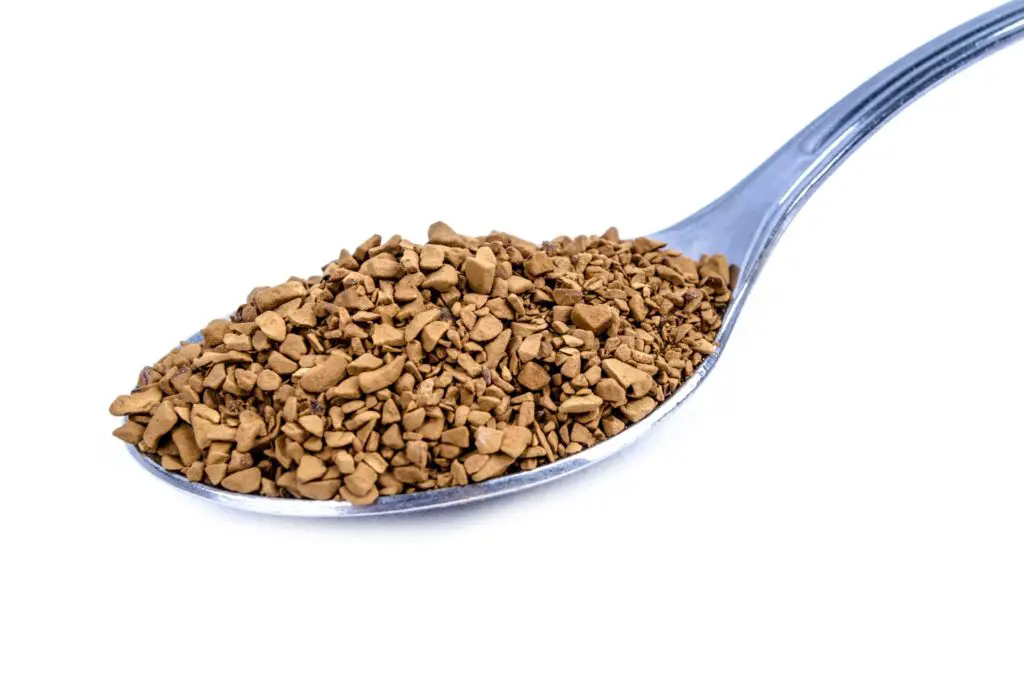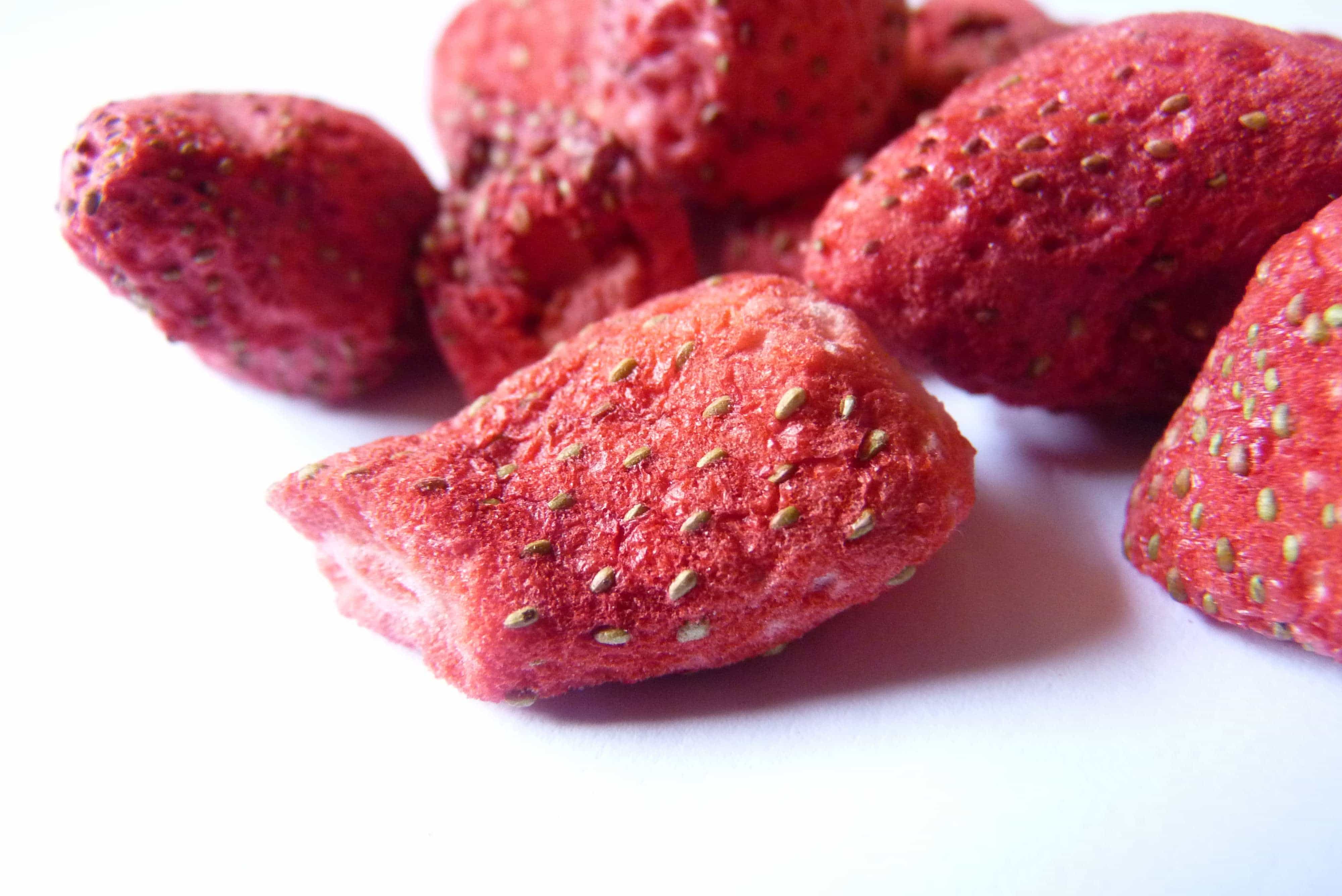Our ancestors have created different ways to satisfy the need to prolong food’s shelf life and had established different food preservation techniques.
One method that has often yielded good results is food dehydration. Through the centuries, food dehydration has evolved into what we have today. Not only do we have different methods of food drying, but we also have new technologies and machines that make this method easier.
In this article, we will compare two methods of food dehydration: the simple food drying versus freeze-drying. We’ll try to compare both in all aspects so you can have an idea which one works for you in the end.
Table of Contents
Food Drying Defined
Desiccation or food drying is one of the ancient methods of food preservation. The principle behind this process is removing water from food, this inhibits the growth of bacteria, yeasts, and mold from forming. Water is a good breeding ground for these microorganism which cause food spoilage.
Water is removed through evaporation either by air drying, sun drying, smoking or wind drying. Today, we have home kitchen food dehydrators and freeze-drying machines that can speed up the drying process. These kitchen appliances ensure consistency in producing dried fruits, vegetables, fish, and meat jerky.
Freeze Drying Defined
Lyophilisation or cryodesiccation or freeze-drying is a dehydration process using low temperature. It involves freezing the product, lowering its pressure, then removing the ice from the product by sublimation. In short, unlike the traditional dehydration that uses heat to evaporate water, freeze-drying uses cold.
How Drying Came to Be
The earliest recorded food drying in history dates back to 12,000 B.C. in ancient Egypt and other Asian countries. They have been drying nuts, fruits, fish and meat under the sun.
In the Middle Ages, the Romans built still houses that uses fire as the heat source to dry their food because they didn’t have enough sunlight for drying.
In 1795, the first dehydrator was invented in France. This breakthrough in technology paved the way for more innovation in food dehydration. Food dehydrating machines are available online and are affordable for you to have at home. Check out our picks for the best food dehydrators.
RELATED ARTICLE: Magic Mill® Food Dehydrator | A Comprehensive Review
But did you know that the principle of freeze-drying has been around since the ancient times? The Andes people would take tubers like potatoes and other root crops up to high altitudes and left them to freeze. They would squash the root crops to remove its water content and would leave them to freeze. The result was called chuño, a dried mashed tuber that has a longer shelf life.
However, freeze-drying as a technique came to the medical science sector first when Richard Altman found a method to freeze-dry tissues in 1890. But it was only in 1927 when Vital patented his own freeze-drying system that freeze-drying as a technique became fully documented.
Freeze drying became a multi-purpose application in the pharmaceutical and food industry by the 1950s until the ’60s. Freeze-dried products became a staple on military food rations and even a commodity among astronauts.
Today, there are hundreds or even thousands of food items that are either dried or freeze-dried. Both processes prevent food spoilage and prolong shelf life that is why it could be available anywhere across the globe.
The Differences
Although both food drying and freeze-drying are grouped under one food preservation method, they have some differences in terms of the processes involved and the outcome.
The Process
As we have mentioned earlier, food dehydration uses heat to evaporate water content in food. On the other hand, freeze-drying uses cold to freeze food to lower its pressure then ice is removed until the food becomes dry.
Composition
98% of water is removed in freeze-drying while 75% of water is removed in food dehydration. Thus, freeze-dried food weighs less than dehydrated food thus the former is easier to pack and store when using the same container.
Appearance
This is probably the easiest way to distinguish the two methods. Dehydrated food has a different color, a wrinkled appearance, and a smaller size. Freeze-dried food, on the other hand, is basically the mini-me of the original food itself. The color and shape are almost retained after freeze-drying.

Shelf Life
Dehydrated foods usually last between 1 to 8 years because it still has 25% of its water content left in it. On the other hand, freeze-dried foods last longer without expiring because there is almost no water left in it. Freeze-dried food is usually advertised to last for decades, like 25 to 30 years.
Additives
Both processes do have a pre-treatment stage. Salt, sugar, and other substances like citric acid are added to the food prior to the dehydration process thus dried foods tend to be salty. In freeze-drying, components are added to increase stability, preserve the appearance, and improve the processing thus food looks mechanically processed.
Nutrition
One debatable aspect of food dehydration is the nutritional value of dried food. Because freeze-drying involves low temperatures and minimal deterioration, nutrients in freeze-dried foods are retained. Unlike in food dehydration, heat destroys some of the food nutrients, thus only 50% of the nutrients are retained. However, food dehydration does not alter the food’s fiber content.
Re-hydration
Originally, dried food wasn’t made to be rehydrated. Dried food can be eaten as dry or included in cooking as a dry ingredient. But it could be rehydrated when soaked in water for a few minutes prior to cooking. On the other hand, freeze-dried food was made to be rehydrated so it is easy. Just add water and the food may return to its almost original state.
Taste
Dehydrated food looks and tastes different than the original because there is that chewiness in it. Freeze-dried food has retained its color, look, texture, and taste because of the low temperature and minimal deterioration it went through.
Cost
We have featured different models of food dehydrators before and most of them cost less than $500 USD. But because freeze-drying has so many benefits and conveniences, a single freeze drying machine costs up to six times than a food dehydrator.

Final Thoughts
Of all the food dehydration methods known to men, freeze-drying seems to be of the highest quality in terms of productivity, convenience, and nutrition. Since the process is expensive, freeze-drying is only used with high-value products like coffee, fruits, and other food items intended for military and industrial uses.
Both food dehydration and freeze-drying are good options for your home food preservation and storage. There is a freeze-drying machine available for home use, but it may be expensive for most of us. But it could be a great investment if you are embracing freeze-drying as one of your methods. We see no reason why you would limit yourself to one food preservation method.
If you are already into freeze-drying, let us know your experience. We would appreciate learning from you.

